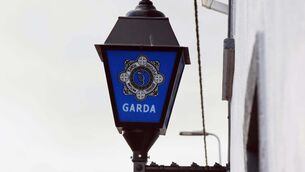Government plans to increase school leaver age to prevent dropping out after Junior Cert

Education Minister Jan O’Sullivan has also promised to look at the provision of guidance counsellors which have been cut in many schools due to government cutbacks, leaving many students without access to such services in schools.
The change to the school leaver age is among several proposals in the National Skills Plan which includes 50,000 modern apprenticeship and traineeship places by 2020.
A new National Skills Council to oversee research, forecasting and prioritisation of skills’ needs in the economy will also be established as part of the strategy.
Students must currently stay in education until the age of 16 but this could now be increased to age 17 or 18. Ms O’Sullivan is concerned some pupils are leaving education after the Junior Cycle. She wants to keep people in education for longer.
However, a spokesman for the Department if Education said those who drop out of mainstream school but take up apprenticeships or training would be “facilitated”.
The strategy also promises a review of guidance services and careers information for students to identify options for improvements.

Changes to how second-level schools are staffed since 2012 mean no guarantee of dedicated hours for career guidance or counselling support. These cuts have been criticised by teachers and parents who feel students are missing out on vital support.
The Association of Secondary Teachers Ireland (ASTI) welcomed the commitment to review the guidance service but said a key element of this must be a return to an ex-quota guidance service in all schools.
A spokeswoman said more needs to be done on providing choices available to second-level students for vocational orientation and work experience as provided for in the Leaving Certificate Vocational Programme and Leaving Cert Applied models.
“Specific measures to broaden programme choice at senior cycle would be more influential in retaining young people in school than merely raising the school leaving age. ESRI research demonstrates that one of the main reasons disadvantaged young people leave early is the non-availability on non-academic programmes,” she said.
At the launch of the strategy, Taoiseach Enda Kenny yesterday said the Government is committed to providing 50,000 modern apprenticeship and traineeship places by 2020.
Ms O’Sullivan said: “This strategy will ensure increased access to high quality and relevant education and training and skills development opportunities.”
The strategy has been developed around six key objectives and set of actions and measures aimed at improving the development, supply and use of skills over the next 10 years.










